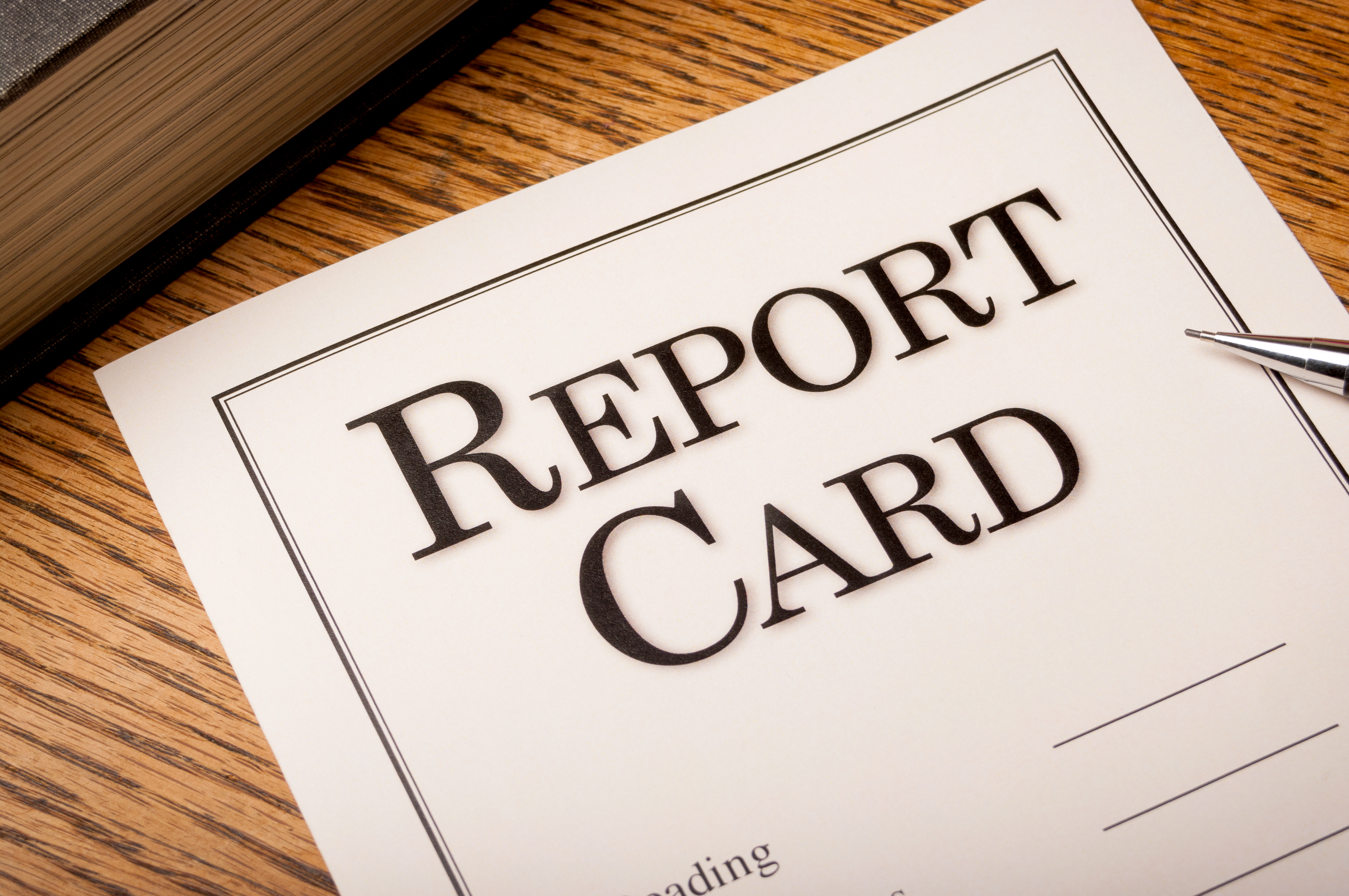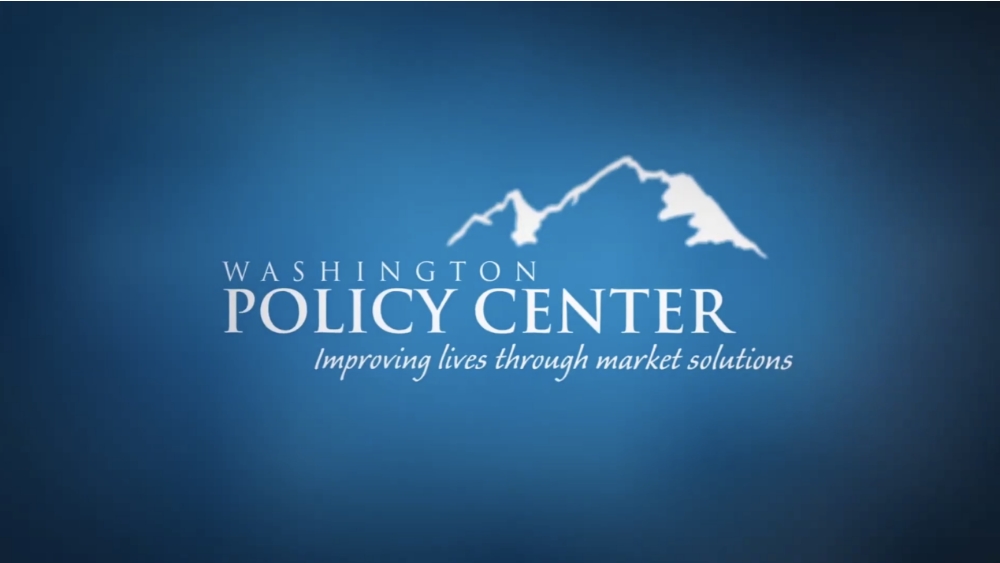Today WPC released another chapter in our "Report Card for Washington's Future" series, this time dealing with our state's education system. Again we see data indicating we are not where we wish we were. But before we simply revert to a typical response of "we need more money" we need to acknowledge that school funding has already increased dramatically. If that were the key, we should be seeing more progress.
WPC is fortunate to have a brilliant new Paul W. Locke Research Fellow for Education, Dr. Vicki Murray. Read the report -- you;'ll recognize some of the trends. Then follow Vicki's work here at WPC as she works to improve educational opportunities for all Washington students.
The press release for our Repord Card for Education is below.
SEATTLE – A new analysis of state data from Washington Policy Center (WPC) points to several significant areas of concern for Washington's public schools. For example, since 2012, Washington state public school funding has increased 39 percent (adjusted for inflation), rising from $13,775 per student in 2012 to $19,163 per student in 2024, but the level of student learning has not improved. State data shows that in 2023 Washington's public schools failed to educate 49% of students adequately to standards in English, 61% of students adequately in math, and 57% adequately in science.
The analysis was released as part of WPC's "Report Card for Washington's Future" series, which has covered Washington's business climate, and environmental policies, including the Electric Vehicle rebate program.
"Report cards show us where we are and provide the opportunity for us to do something about it," explained Dr. Vicki Murray, Paul W. Locke Research Fellow in Education at Washington Policy Center. "Ignoring this data would be a missed opportunity that entire generations of children would pay for with lifelong consequences."
Washington also lost ground in state educational rankings, according to the National Assessment of Education Progress (NAEP). In 2013, Washington ranked 7th among states in math proficiency and 8th in English proficiency for eighth grade students. By 2024, Washington had fallen to 24th in math proficiency and 17th in English for eighth graders. For fourth grade students in 2013 Washington ranked 10th in math and 15th in English. In 2024, Washington fell to 27th in math and 18th in English for fourth graders.
"With our high-tech economy, we need to improve our education system just to provide a workforce ready for the jobs created in this state," explained Murray. "We've invested more, but we're clearly not getting the results expected. This is an opportunity for Washington to take the lead."
Key takeaways from the analysis include:
- Between 2012 and 2024, Washington’s education spending increased significantly, jumping from $13,775 to $19,163 per student, a 39% increase, adjusted for inflation.
- State data show that in 2023, public schools failed to educate 49% of students adequately to standards in English, 61% of students adequately in math, and 57% adequately in science.
- Fourth-grade students in Washington saw a significant decline in math and English proficiency. Between 2013 and 2024, Washington students fell from 10th in the nation in math proficiency to 27th. In English proficiency, students fell from 15th to 18th in the nation.
- Eighth-grade students in Washington also saw a significant decline in math and English proficiency. Between 2013 and 2022, Washington students fell from 7th in the nation in math proficiency to 24th. In English proficiency, students fell from 8th to 17th in the nation.
- The number of non-teacher public school employees grew at a faster rate than certified teachers, increasing by 28% between 2012 and 2024. Today, nearly half (49%) of Washington public school employees are not certified classroom teachers.
- While public school enrollment increased by only 7% from 2012 to 2024, alternative education options expanded at a much higher rate. Homeschooling increased by 76% and full-time online public school enrollment grew by 36% over the same period.
# # #
Washington Policy Center (WPC) is an independent, non-profit think tank that uses free market principles to identify, create and promote solutions to public policy challenges.





